The course focuses on the methods to create and maintain urban public spaces where variety of activities is seen. For that
purpose, it is important to observe a place, find the facts and problems regarding to the physical environment and uses. Student
will first set up a hypothesis and then test it, by conducting a research to analyze and evaluate urban places, and then present
appropriate design alternatives and management methods.
The methods to be used in the course include direct observation, field measurements, typological studies, interviews and statistical analysis.
The methods to be used in the course include direct observation, field measurements, typological studies, interviews and statistical analysis.
The purpose of the class is to acquire skills to observe, analyze a public space by testing hypothesis, and propose alternative
design and management methods to make it a place where positive public life is seen.
- Students understand and can explain the meaning of an urban place and public life.
- Students acquire the ability to set up a hypothesis and conduct a research to test it.
- Based on the research results, students can develop alternative space design and management method.
| In class presentation | Final presentation and report | Total. | |
|---|---|---|---|
| 1. | 12% | 18% | 30% |
| 2. | 12% | 18% | 30% |
| 3. | 16% | 24% | 40% |
| Total. | 40% | 60% | - |
| Class schedule | HW assignments (Including preparation and review of the class.) | Amount of Time Required | |
|---|---|---|---|
| 1. | Introduction | Read reference materials. | 100minutes |
| 2. | Research methods of urban environment and spaces | Read reference materials. | 100minutes |
| 3. | Filed survey 1 | Observe the activities and physical environment of the site. | 300minutes |
| 4. | Reading and discussion on placemaking 1 | Read reference materials. | 200minutes |
| 5. | Reading and discussion on placemaking 2 | Read reference materials. | 200minutes |
| 6. | Field Survey 2 | Prepare for the mid-term presentation 1. | 300minutes |
| 7. | Reading and discussion on placemaking 3 | Read reference materials. | 200minutes |
| 8. | Reading and discussion on placemaking 4 | Read reference materials. | 200minutes |
| 9. | Mid-Term Presentation | Prepare for the mid-term presentation. | 300minutes |
| 10. | Field survey 3 | Prepare for the mid-term presentation 2. | 300minutes |
| 11. | Reading and discussion on placemaking 5 | Read reference materials. | 200minutes |
| 12. | Reading and discussion on placemaking 6 | Read reference materials. | 200minutes |
| 13. | Preparation for final presentation | Prepare for the final presentation. | 300minutes |
| 14. | Final presentation and discussion | Prepare for the final presentation. | 300minutes |
| Total. | - | - | 3200minutes |
All students are required to make presentations in the course and submit a final report.
Weight for grading
-Class participation and presentation: 33%
-Final presentation and report: 67%
Weight for grading
-Class participation and presentation: 33%
-Final presentation and report: 67%
| ways of feedback | specific contents about "Other" |
|---|---|
| Feedback in the class |
Students who have interests in urban environmental design and public life are most welcomee.
- Regular office hour : Mondays 12:30-13:10, by appointment is preferred. Other times will be available by appointment.
Meeting by appointment is also available. Contact sshunji@shibaura-it.ac.jp
- Course that cultivates an ability for utilizing knowledge
- Course that cultivates a basic problem-solving skills
| Work experience | Work experience and relevance to the course content if applicable |
|---|---|
| Applicable | The course will be managed and instructed by the professor who has long years of experience of professional practice, in the field of urban planning and design. |
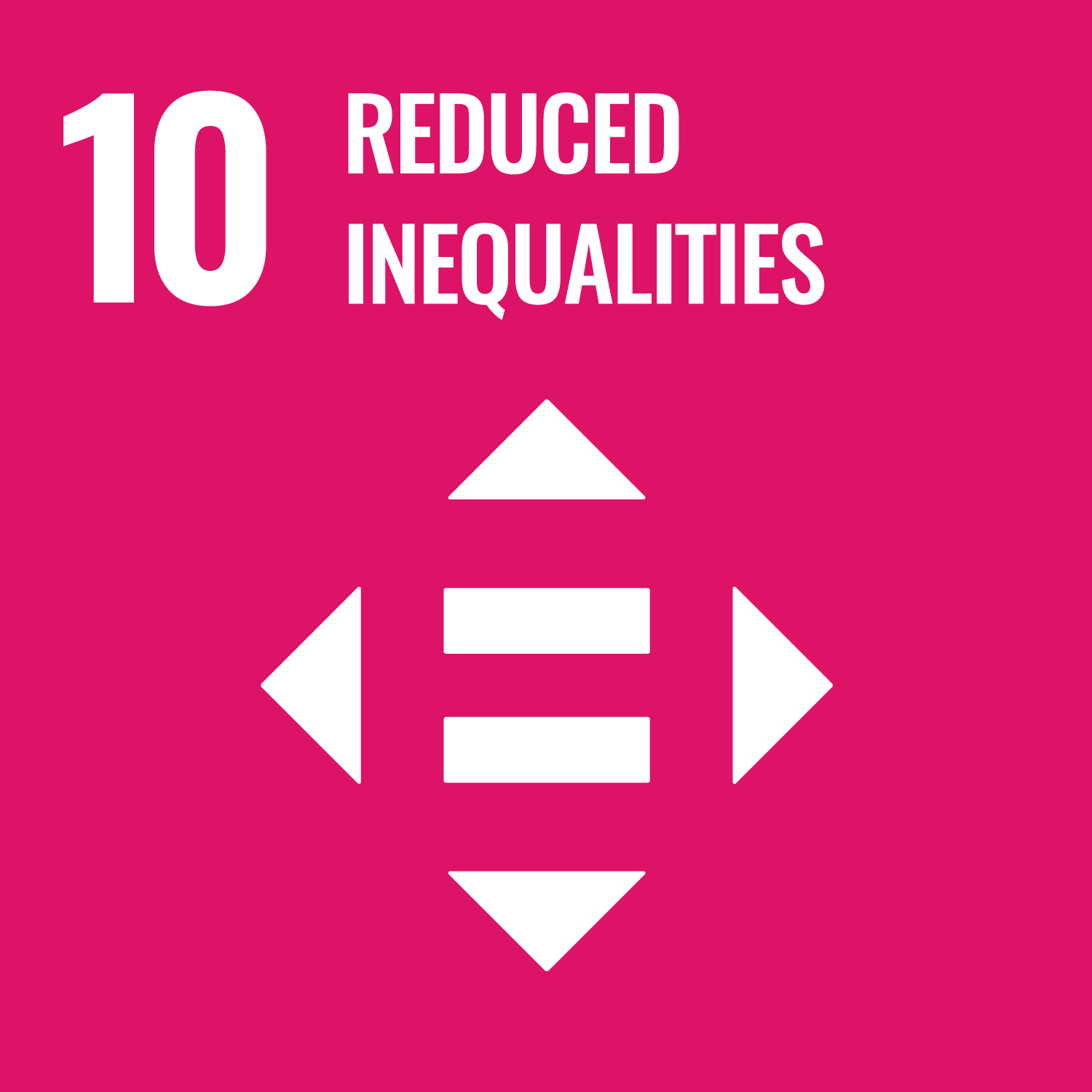
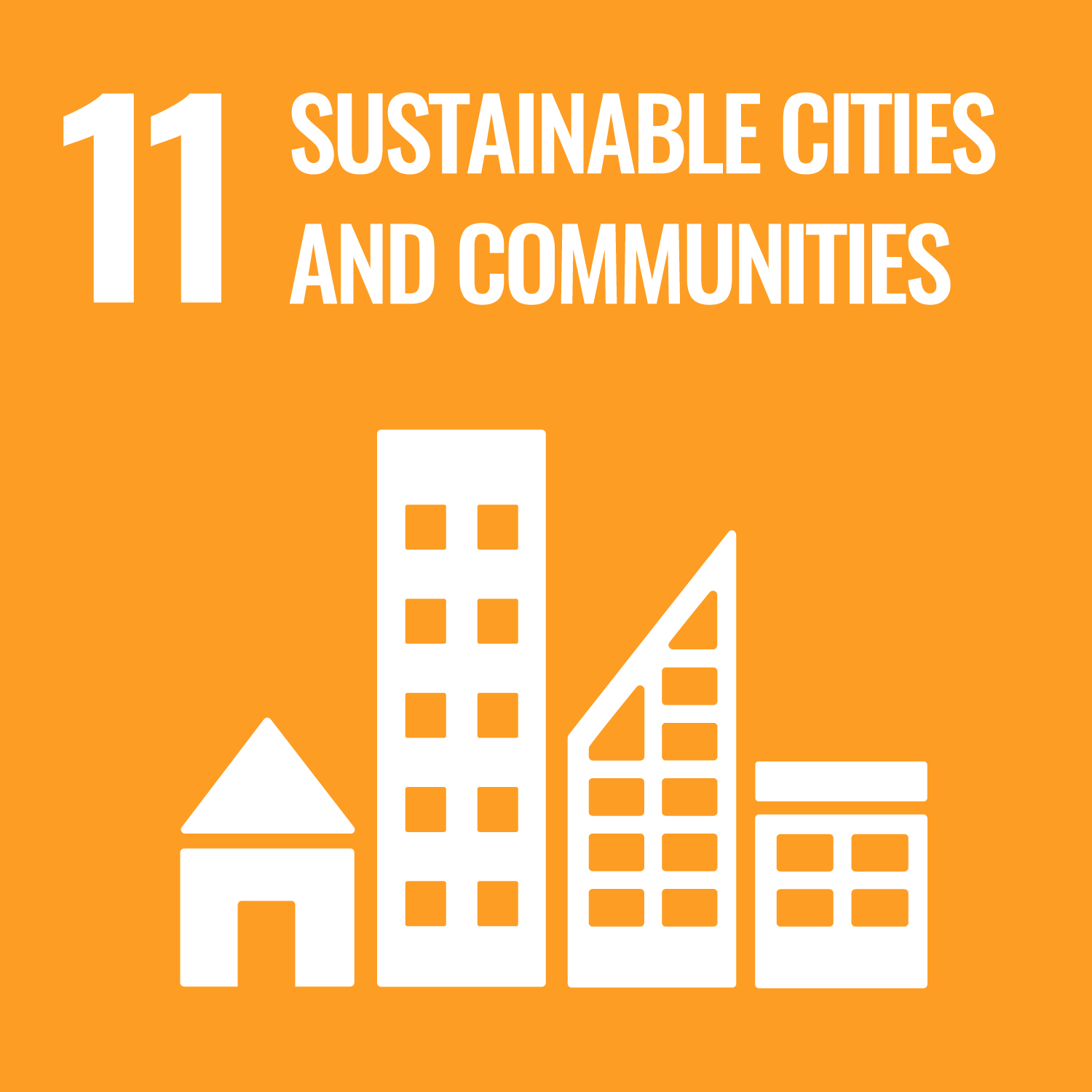
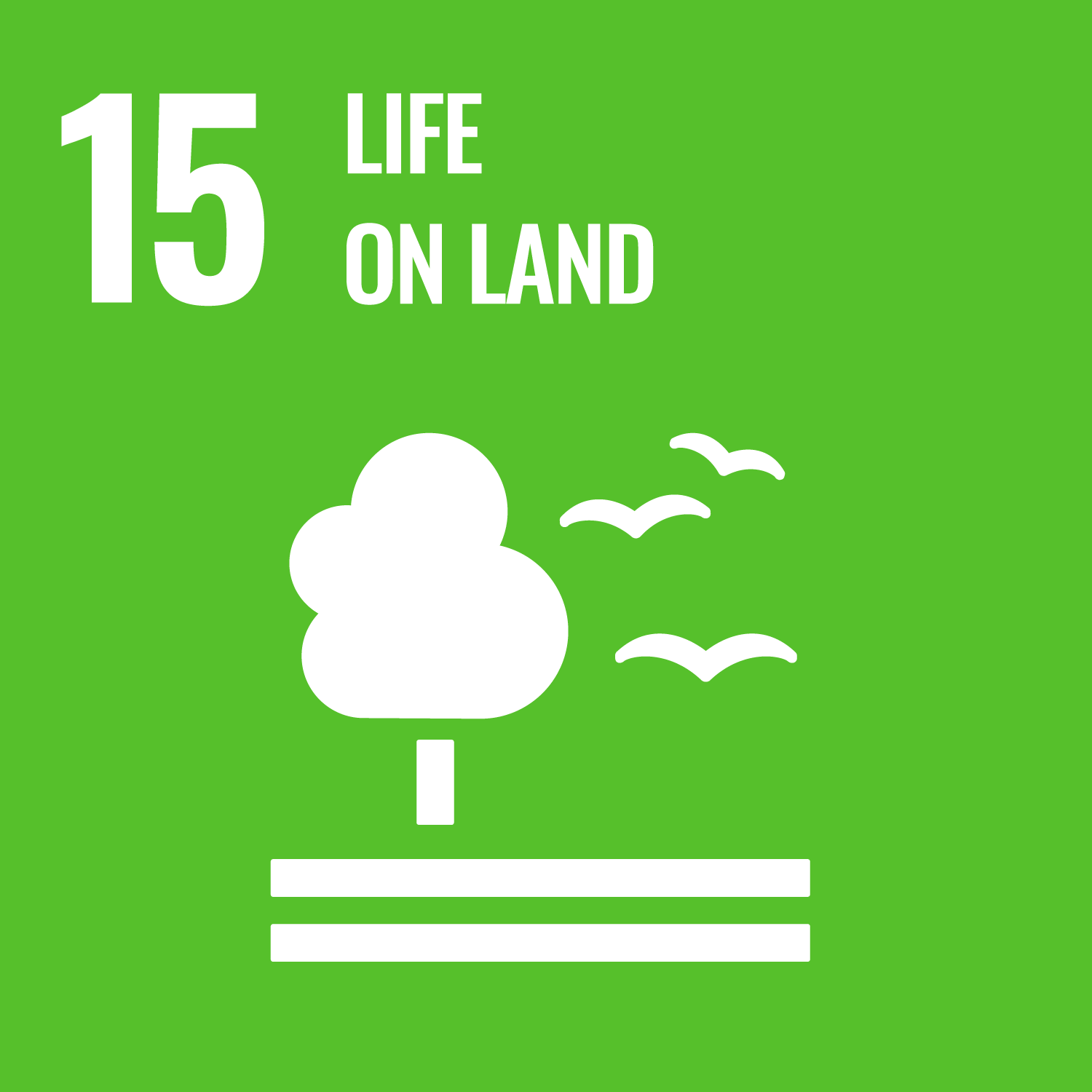
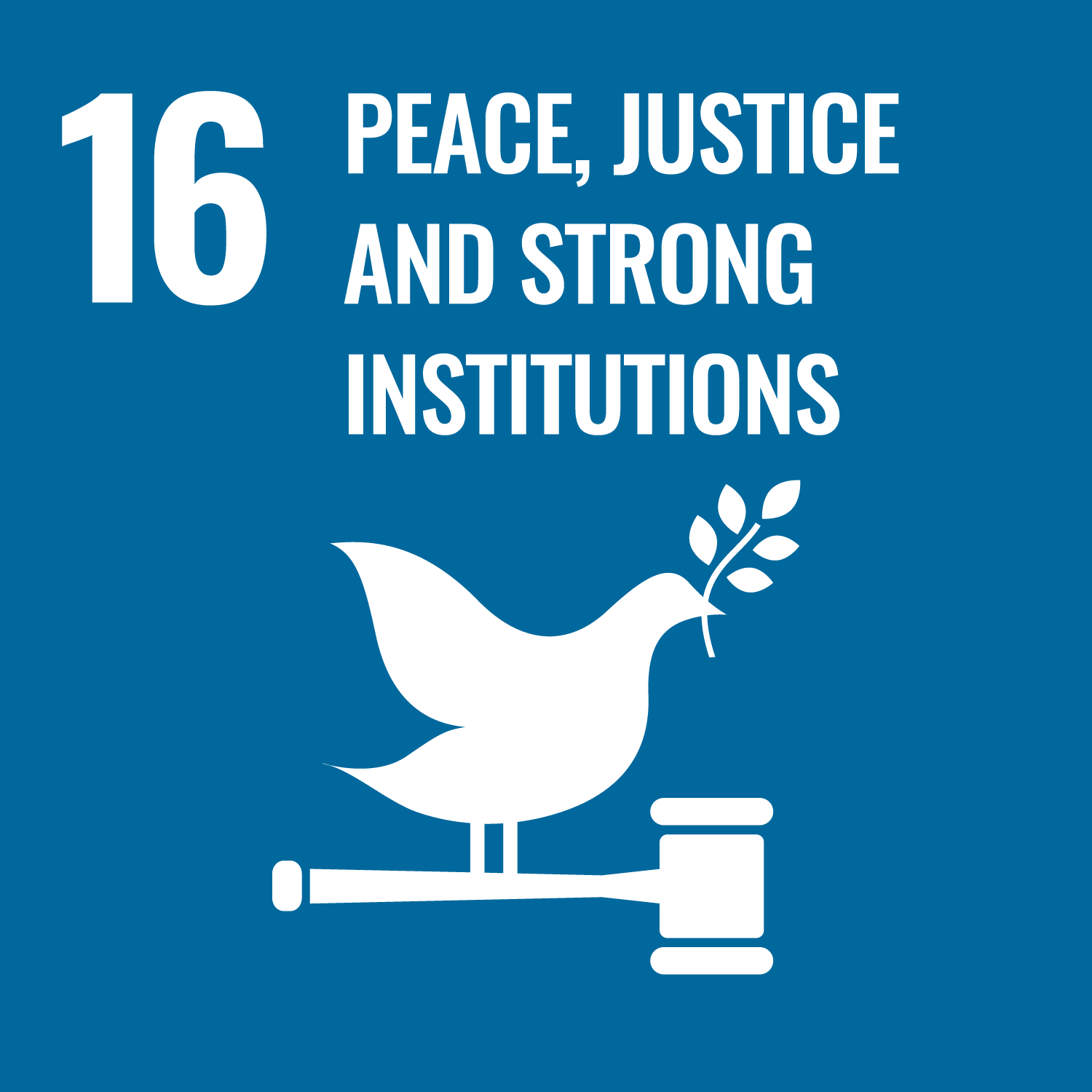
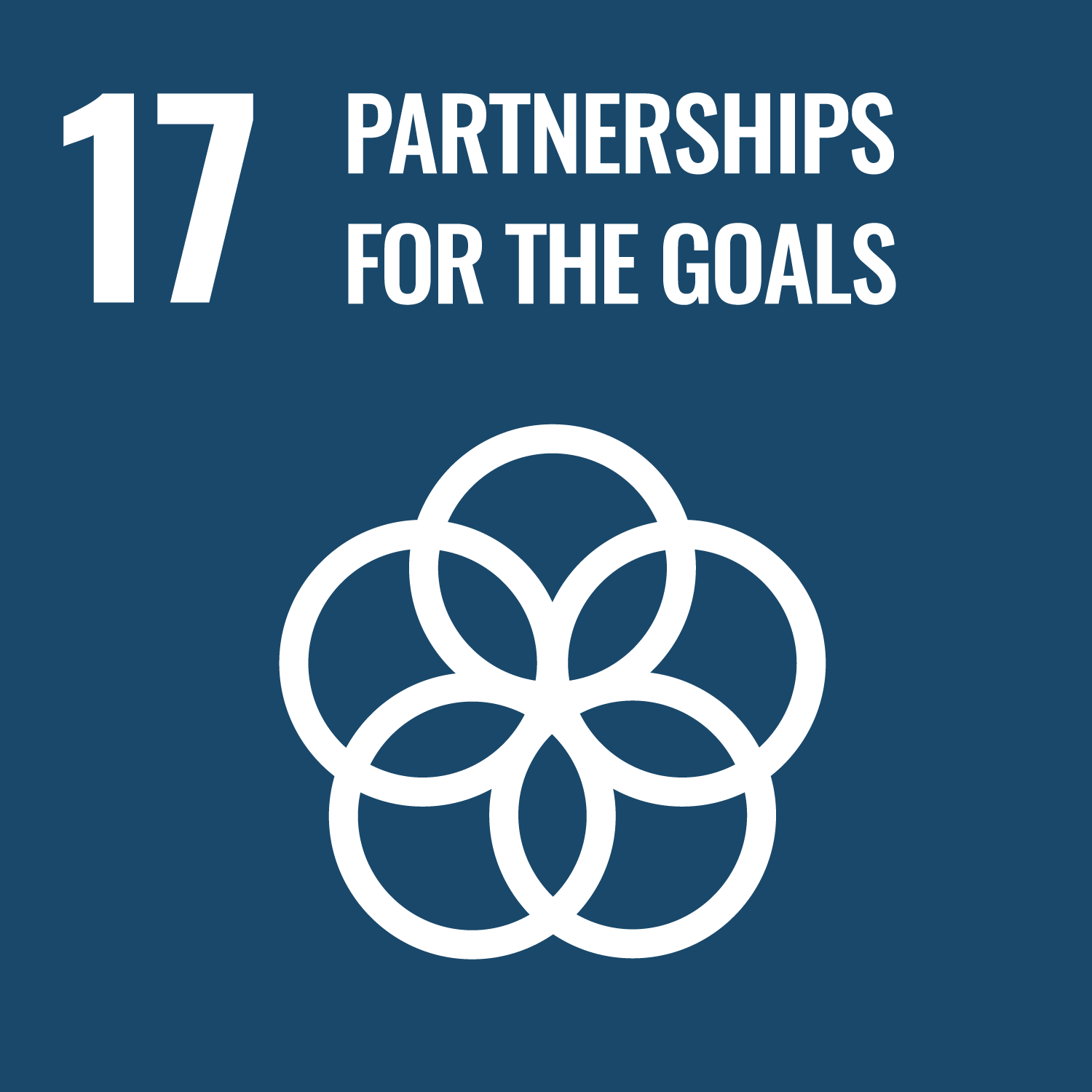
- 10.REDUCED INEQUALITIES
- 11.SUSTAINABLE CITIES AND COMMUNITIES
- 15.LIFE ON LAND
- 16.PEACE, JUSTICE AND STRONG INSTITUTIONS
- 17.PARTNERSHIPS FOR THE GOALS
Last modified : Mon Feb 12 04:04:43 JST 2024
